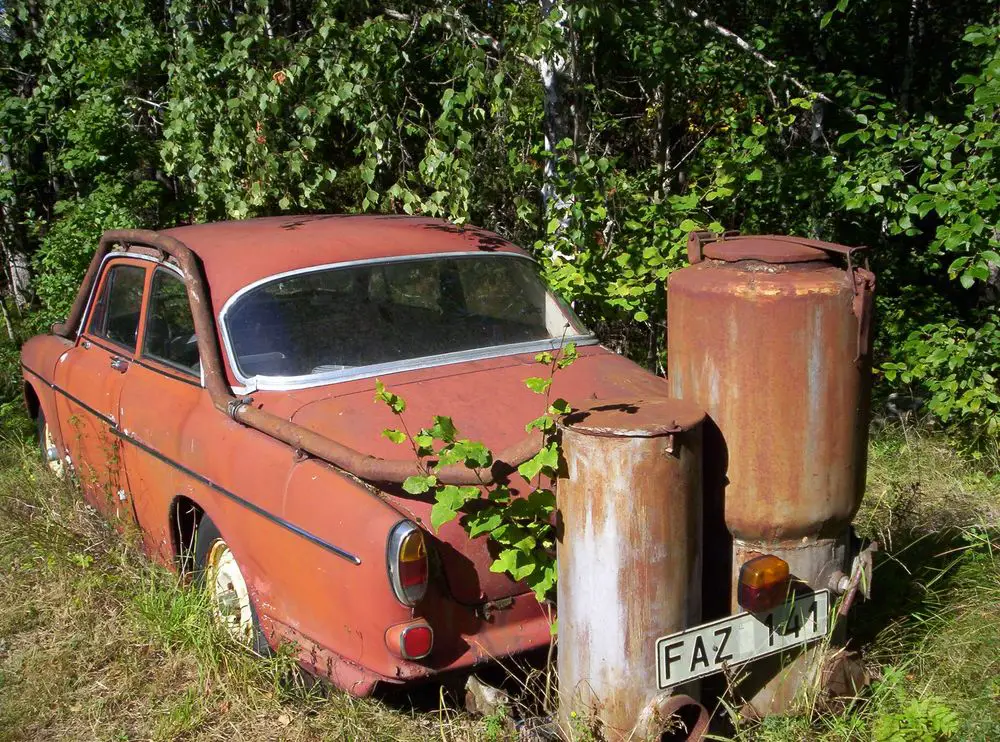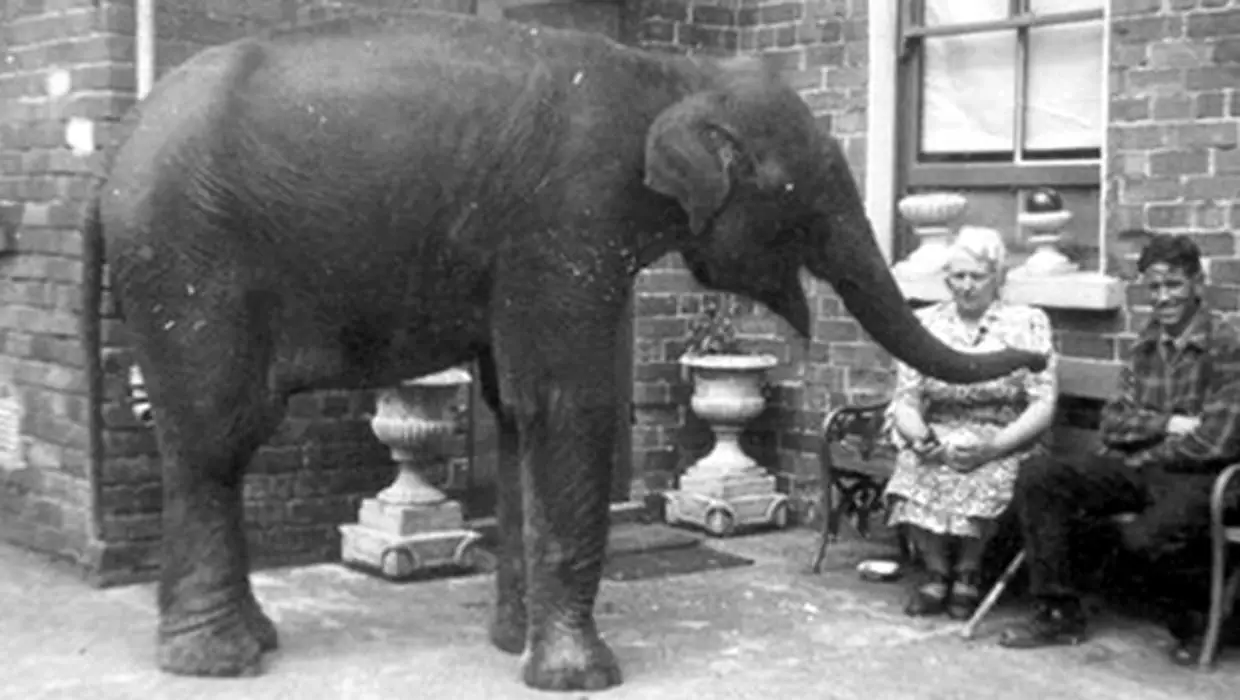Flintstones house, a unique home. In 1972, Portuguese engineer, Vitor Rodrigues, began building a house in the mountains of the Portuguese parish of Várzea Cova in northern Portugal.
What was unusual was the fact that the residence was built from four very large boulders which now form the walls and part of the roof of the house.

Contents
Finished in 1974, Casa do Penedo, translated as “House of the Rock”, served as a vacation home for the owner and his family until the house was featured in a news broadcast.
After that the unique building became a tourist attraction for the curious and for architects around the world. It was nicknamed the “Flintstone House” after a popular cartoon on television of a stone age family created by William Hanna and Joseph Barbera Productions in the 1960s and still runs today.
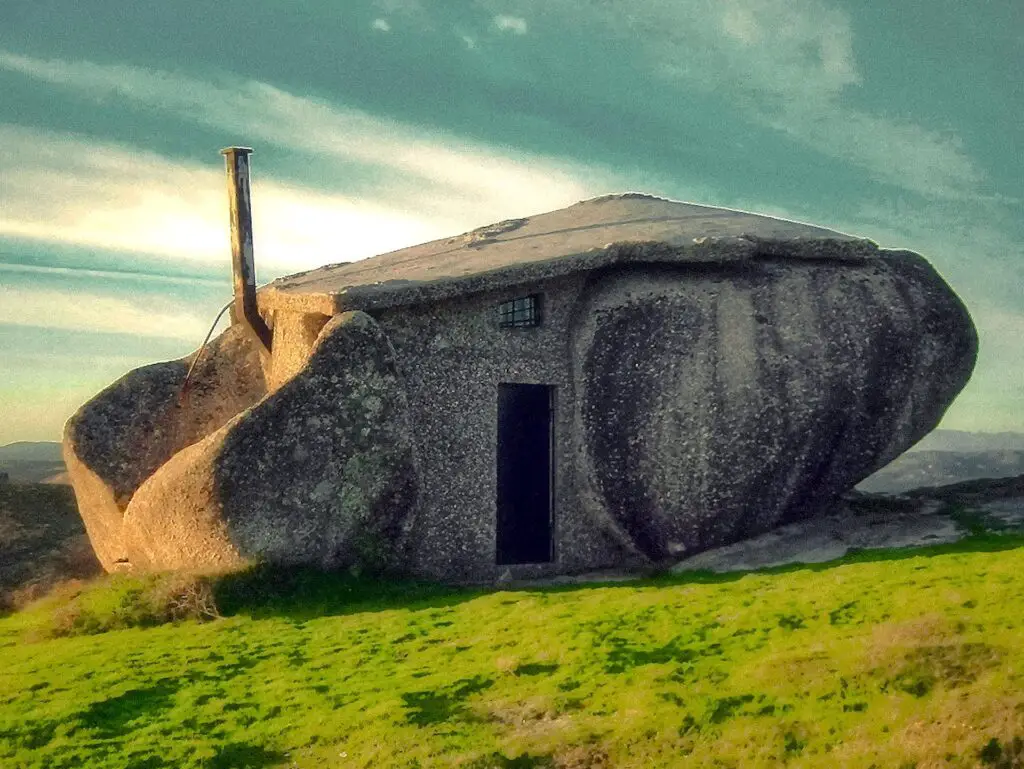
Ironically and despite the fact that the dwelling is located at the edge of a wind farm; the house has no electricity.
350kg Sofa
It has a large fireplace for heat and the inside is rather rustic but comfortable. According to pictures of the house that was featured in The Times newspaper, most of the walls are finished and dressed rock although there are some made from brick and some wood paneling as well as a wooden staircase.
And a sofa built from eucalyptus wood and concrete that weighs almost 350kg (800lbs), you aren’t going to lift that in a hurry looking for lose change…
The kitchen features some tiling and the stairs have raw wood handrails. There are glass windows and a steel door weighing almost nine hundred pounds, A rock at the back of the house was carved out to form a lovely little swimming pool with a spoon shaped base.
The house is registered as a mountain shelter because of no running water and the lack of electricity and has been used in emergency.
Unfortunately, not all tourists are respectful of other people’s property and the abode has been vandalized a number of times.
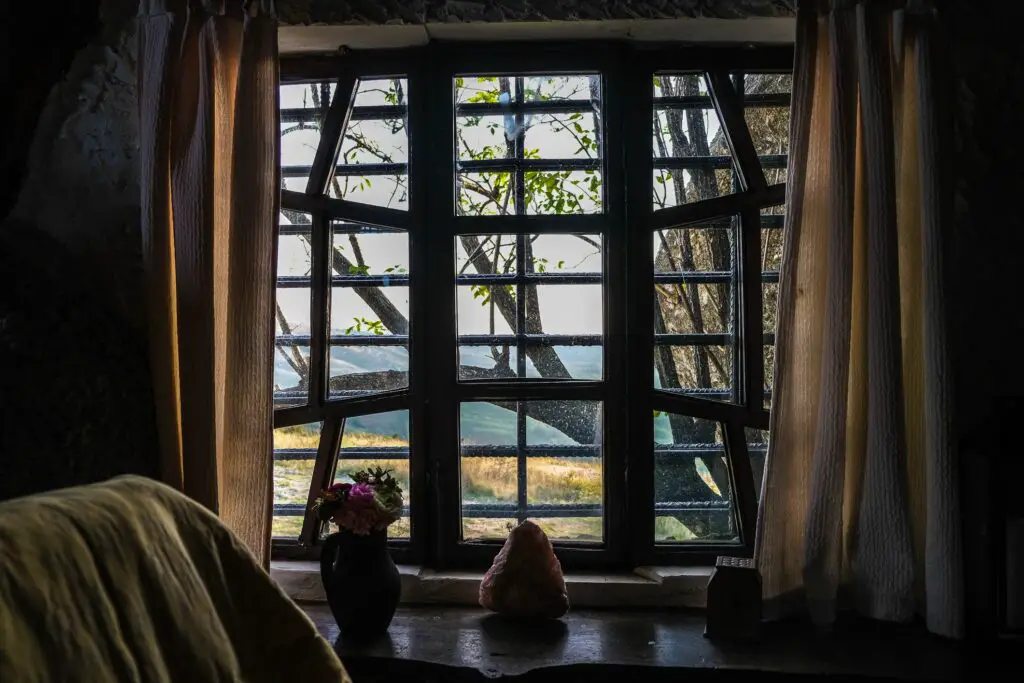
Bullet Proof
The owner has had to replace broken windows over twenty times forcing him to install bullet proof glass and bars at the windows to protect them along with the steel door to keep intruders out.
The growing number of tourists coming to see the house has caused the owner to stop using it as a residence and to accommodate the crowds he has turned the property into a museum celebrating the features of the area of the Fafe Mountains.
Casa do Penedo has an official Facebook page and its own website at www.casadopenedofafe.com where one can find pictures of the exterior and the interior.
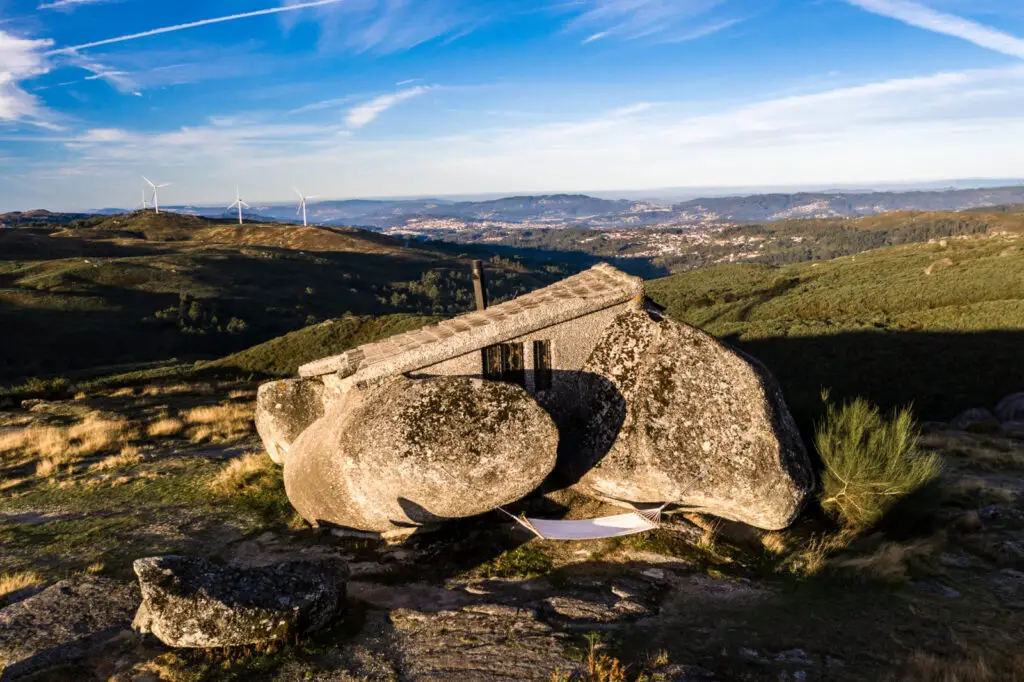

Boulder Houses
Stone houses in Portugal are not unusual. Although Casa do Penedo is the most unique and the most famous, other such buildings have been reported.
According to wanderingportugal.com, in the Serra da Estrela Mountain range near the town of Manteigas, a structure was built with square stones situated between several huge stones with two that look like they are precariously perched on the roof.
And Earthlymission.com tells us of the small village of Monsanto where almost every house incorporates huge boulders into their architecture and pictures show us how boulders simply jut out of the walls in the interior.
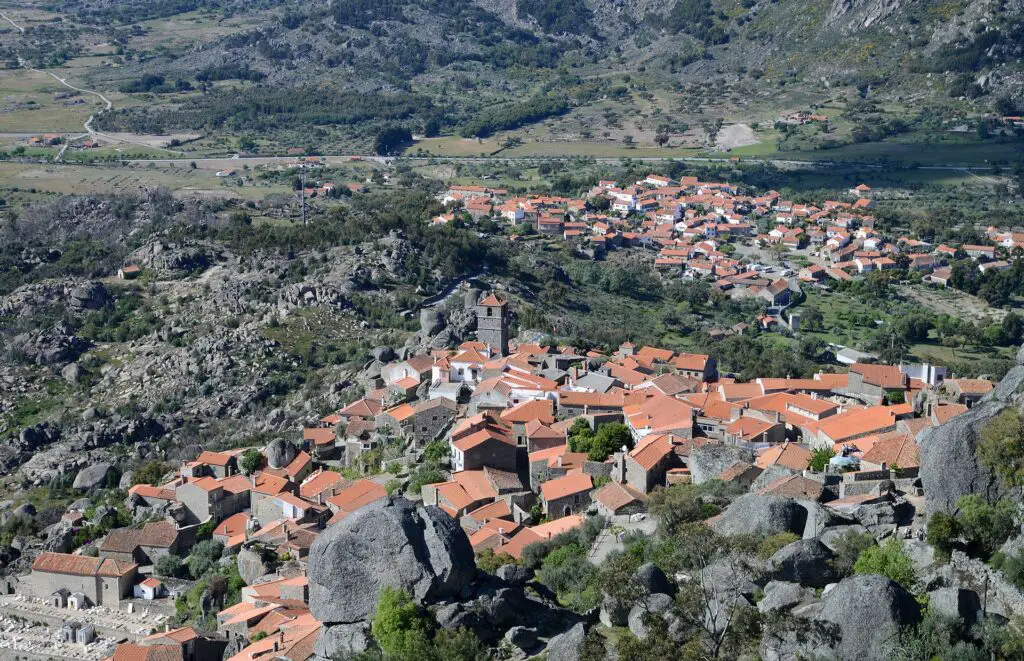
A Templar castle which was also built incorporating boulders overlooks the little village and the surrounding countryside. In 1938, the town was named the ‘most Portuguese village in Portugal’ allowing the townspeople to preserve the village from new building and business interests locking the town into its quaint appearance.
Another Article From Us: Incredible Images of Ghost Ships at Bottom of the Baltic
We would love you to join us on: Facebook and Instagram
With all of the huge rocks one wonders what could happen if there was a large earthquake, but travel-in-portugal.com tells us that proof of human occupation back to Paleolithic times has been discovered so the boulders don’t seem to be in danger of movement any time soon.
